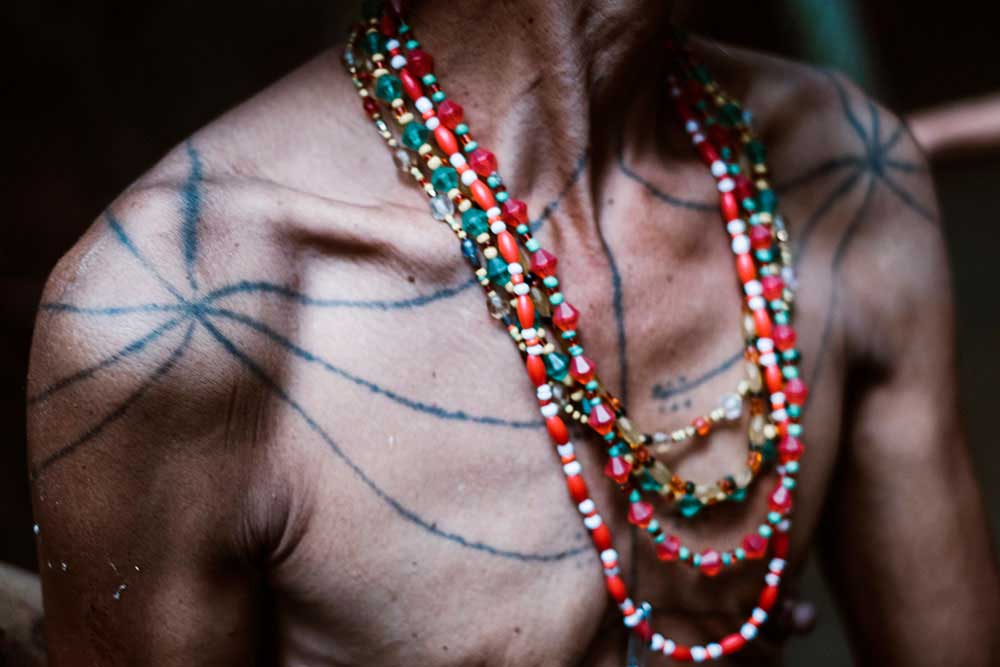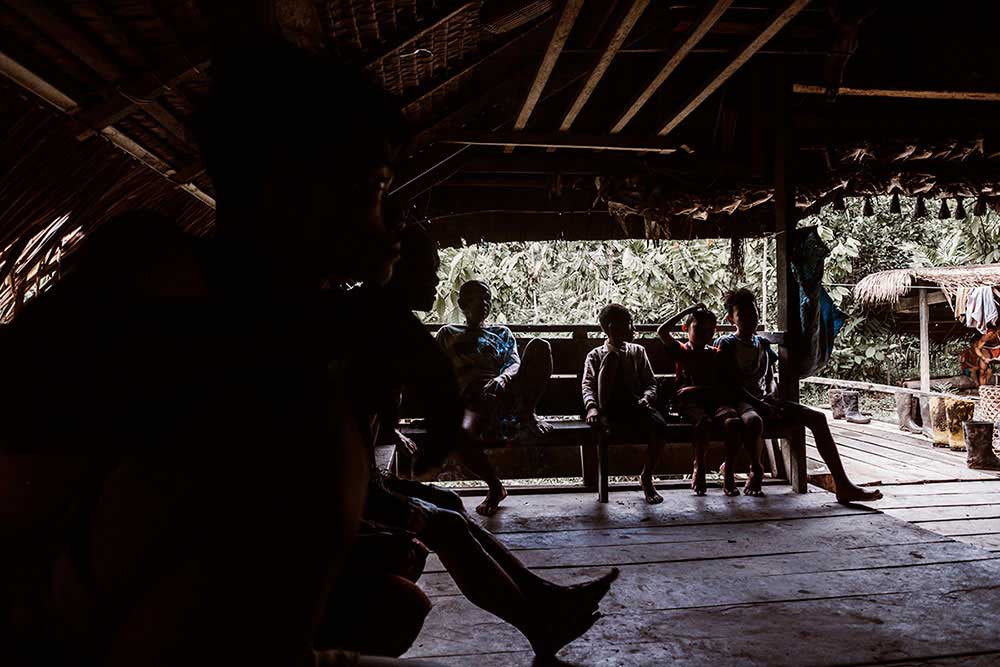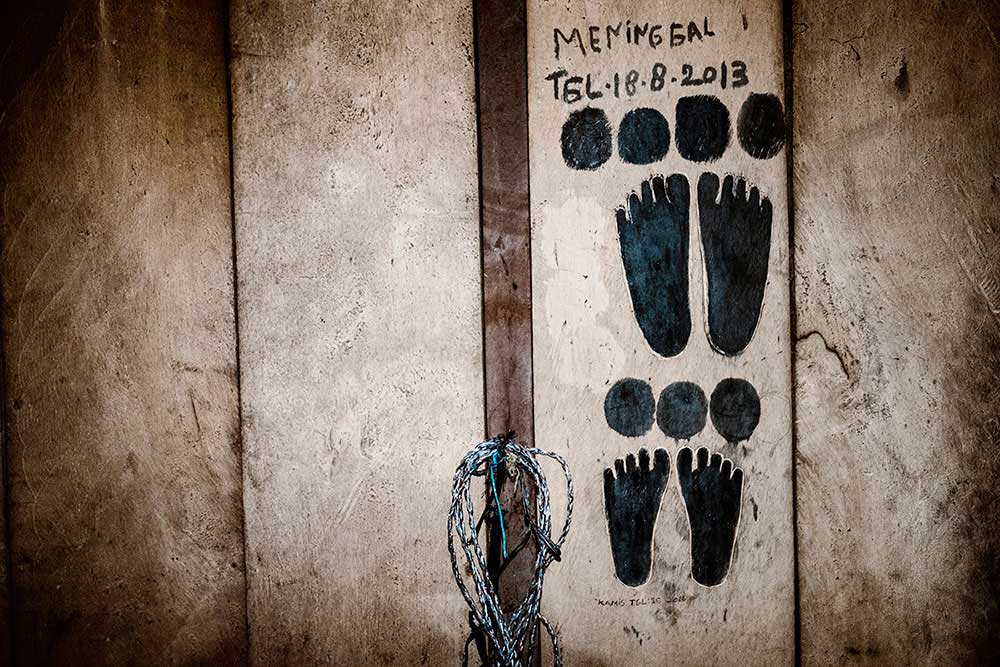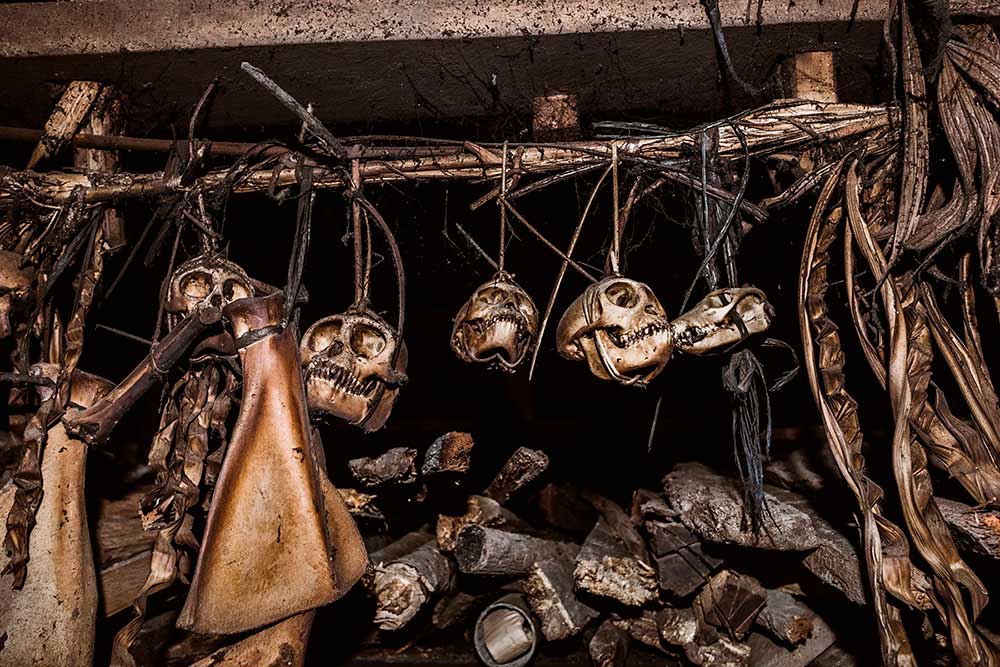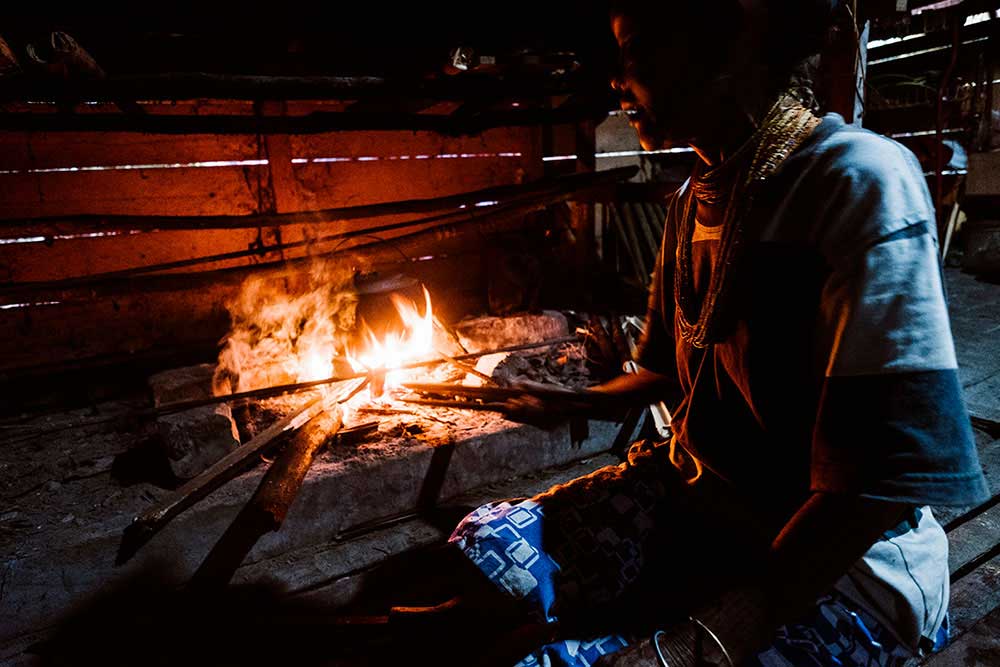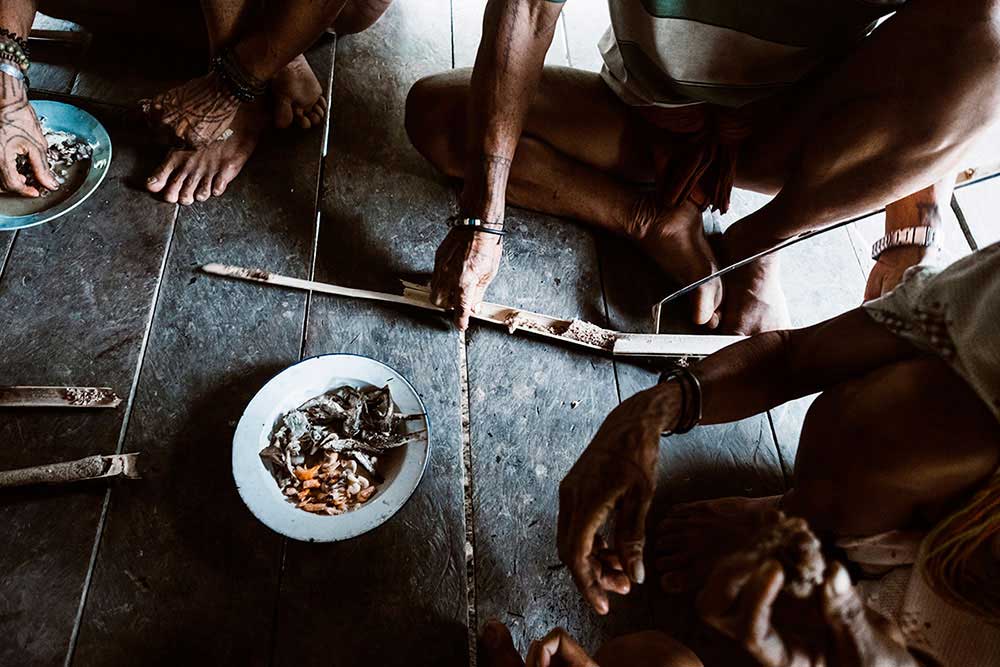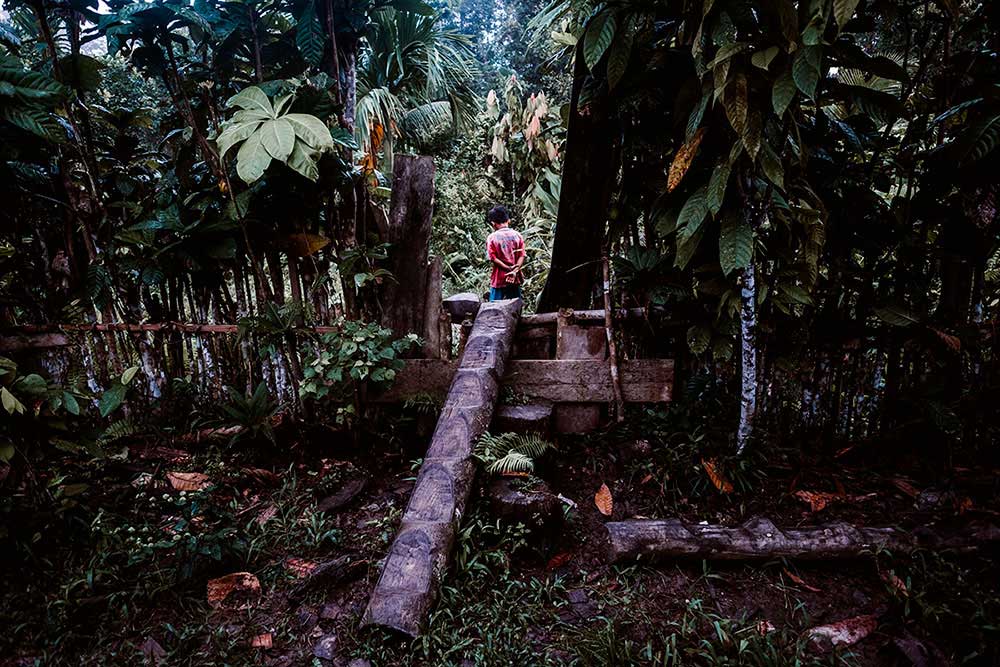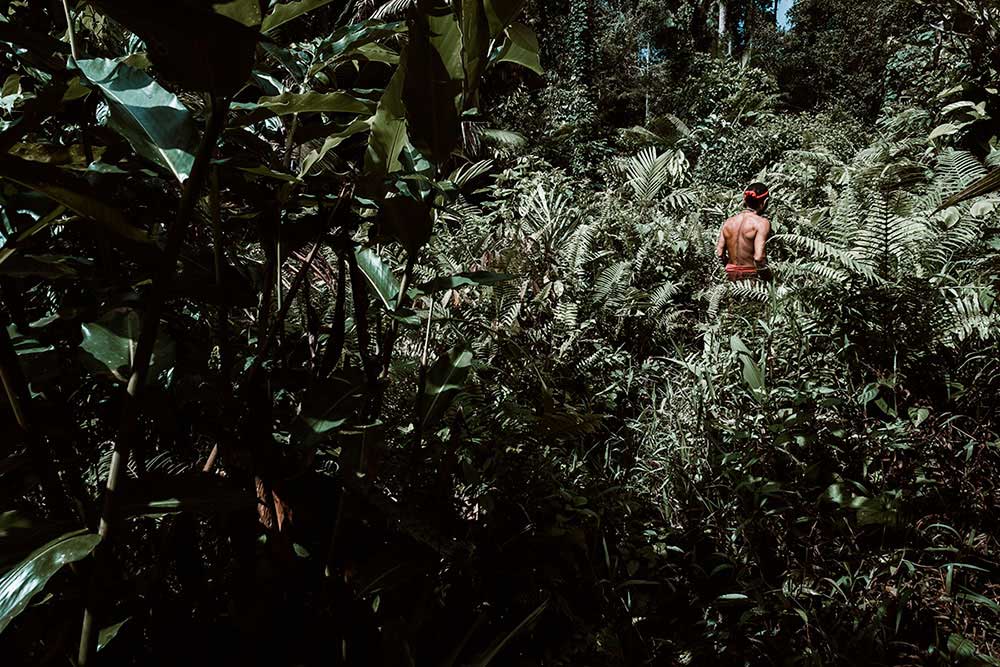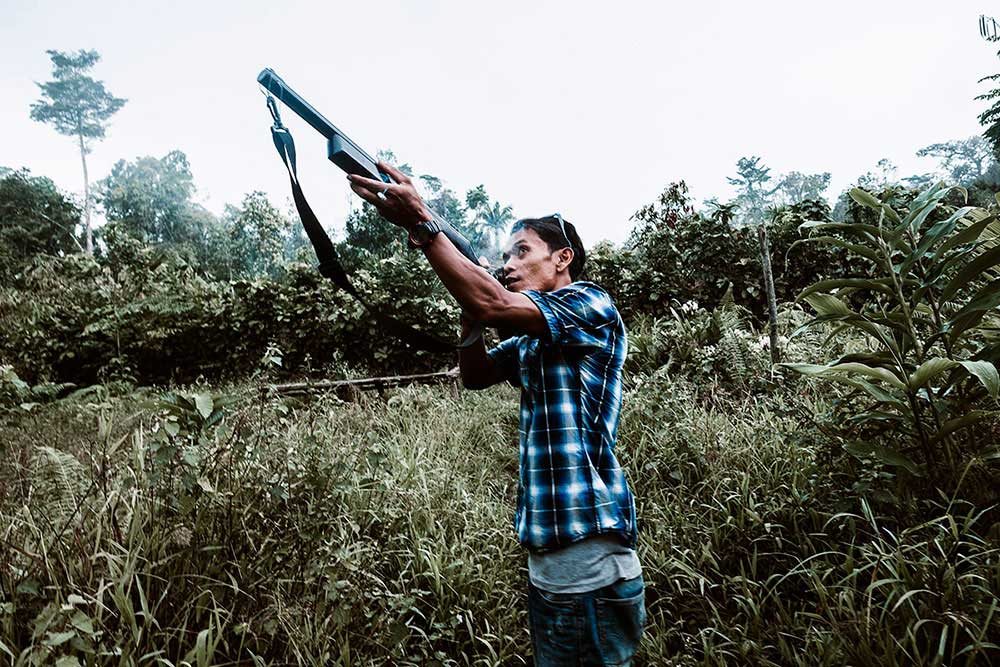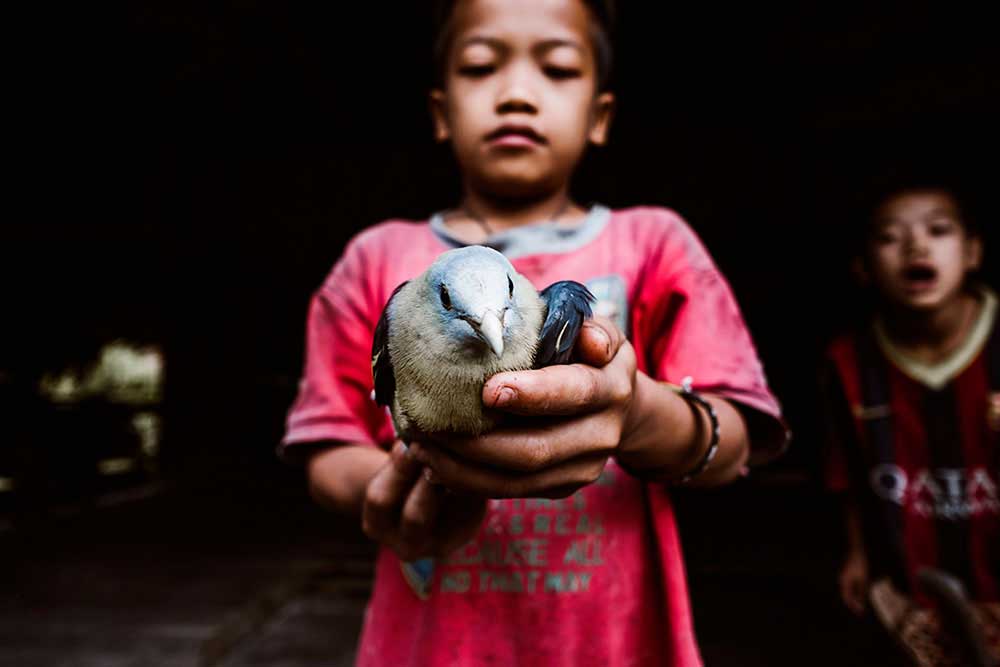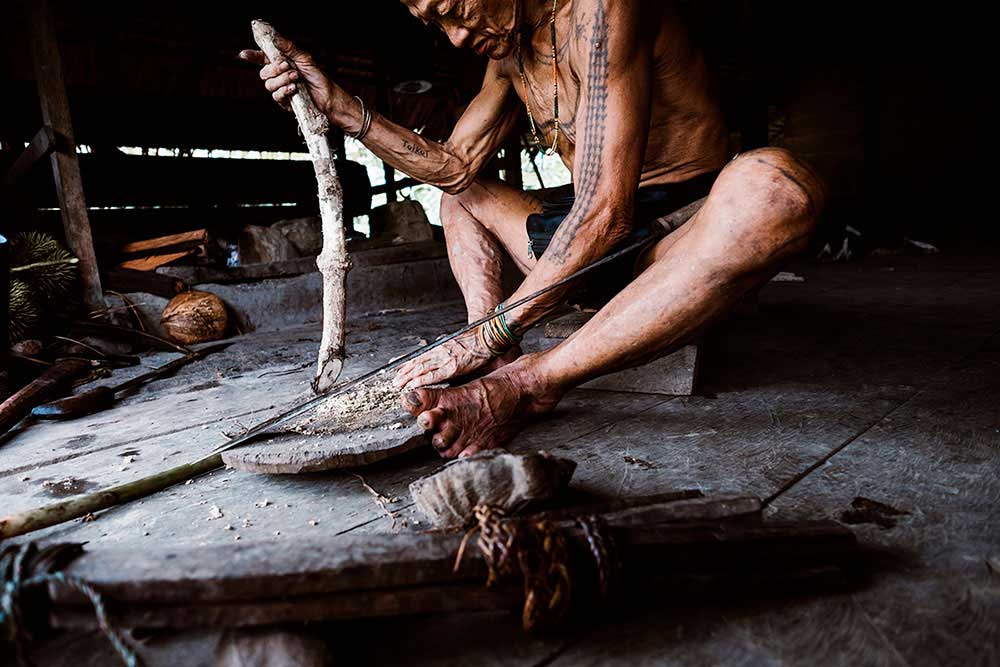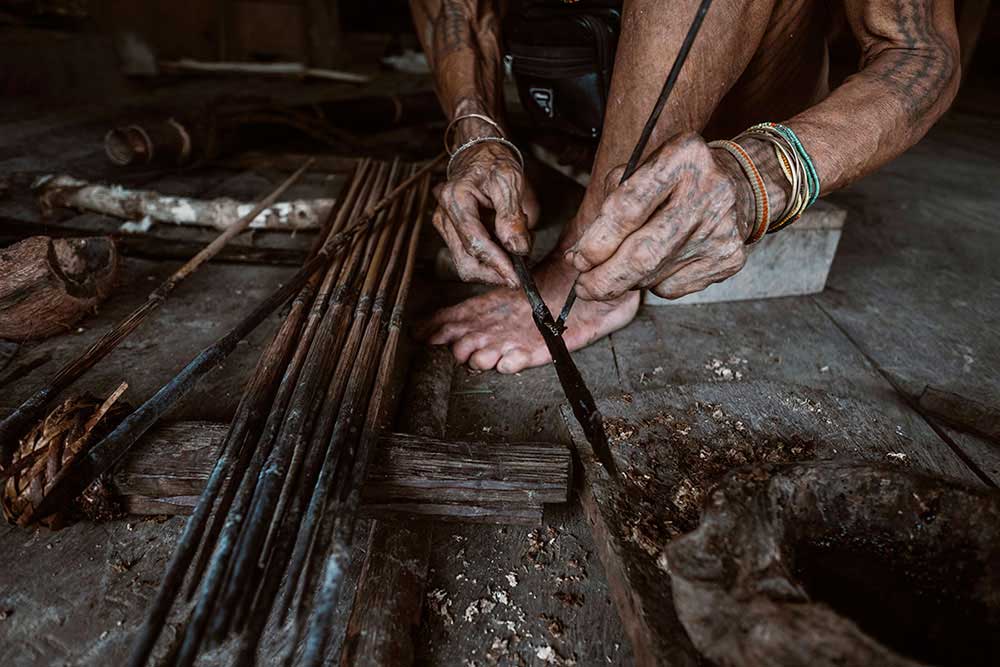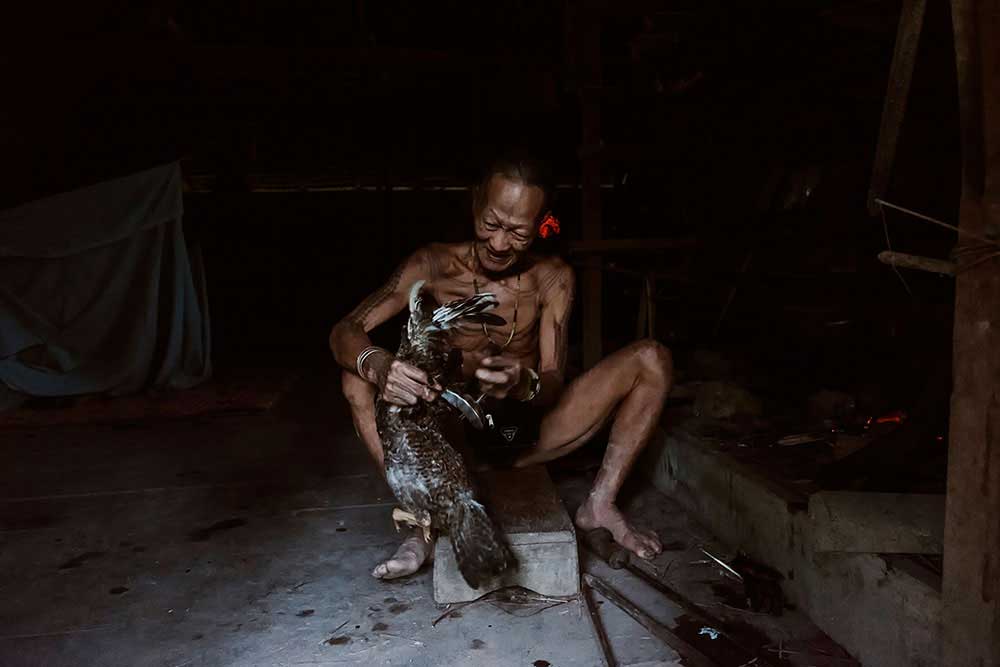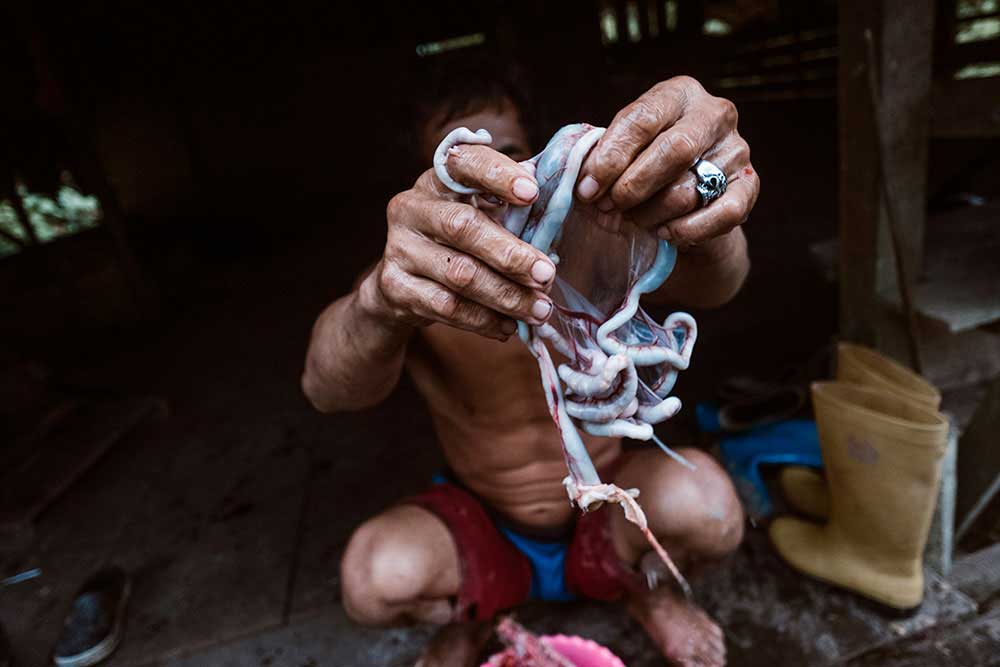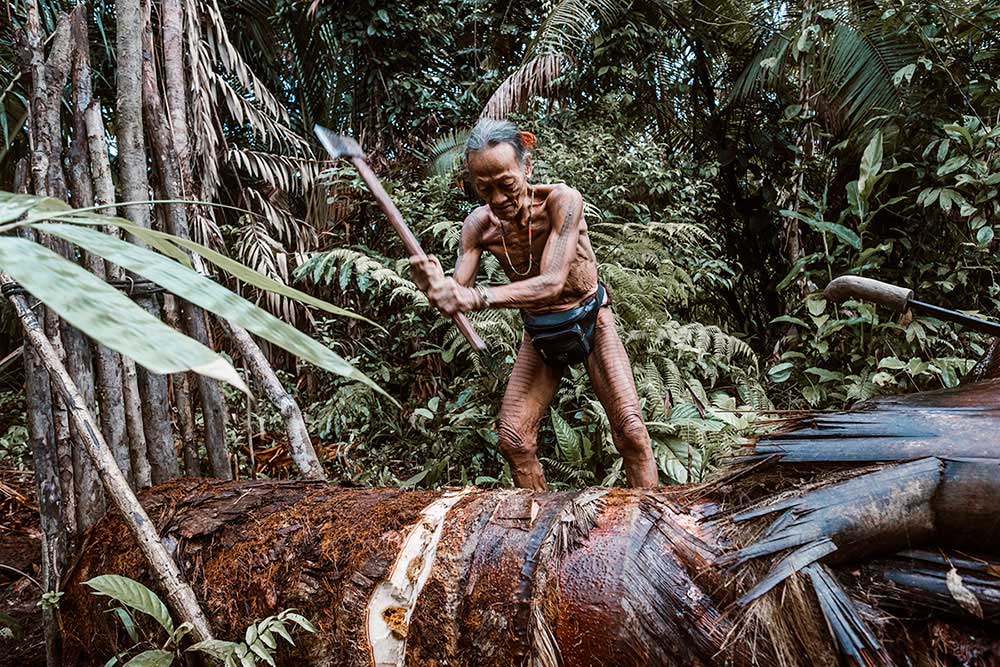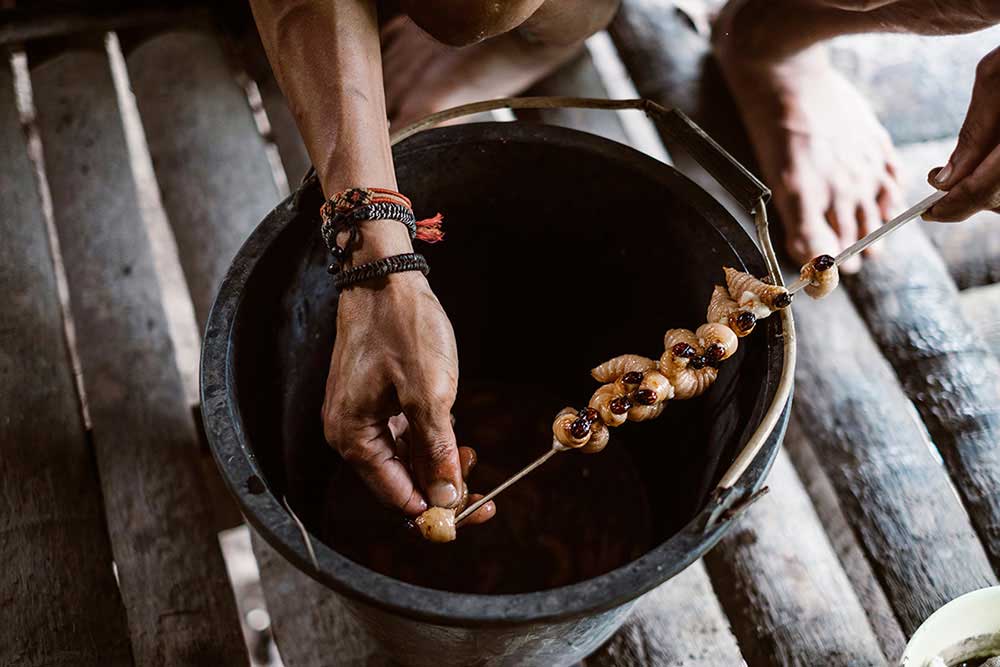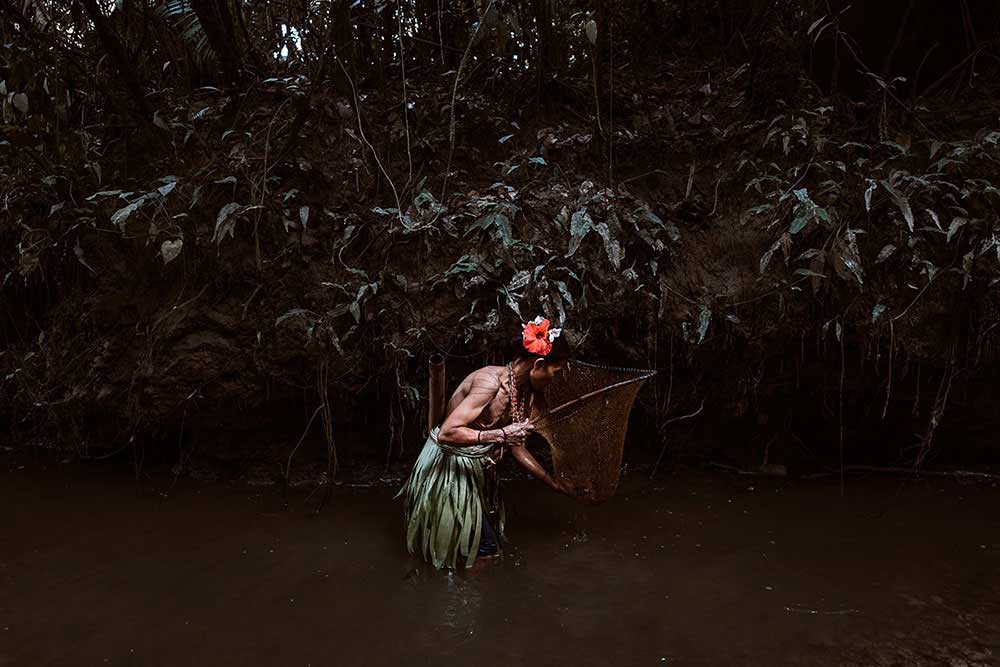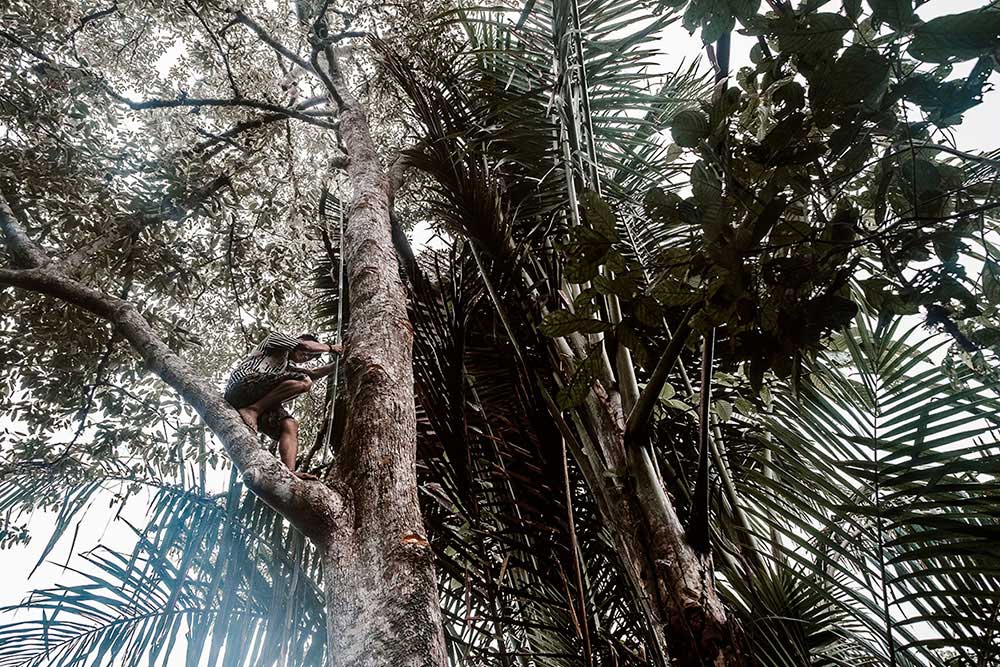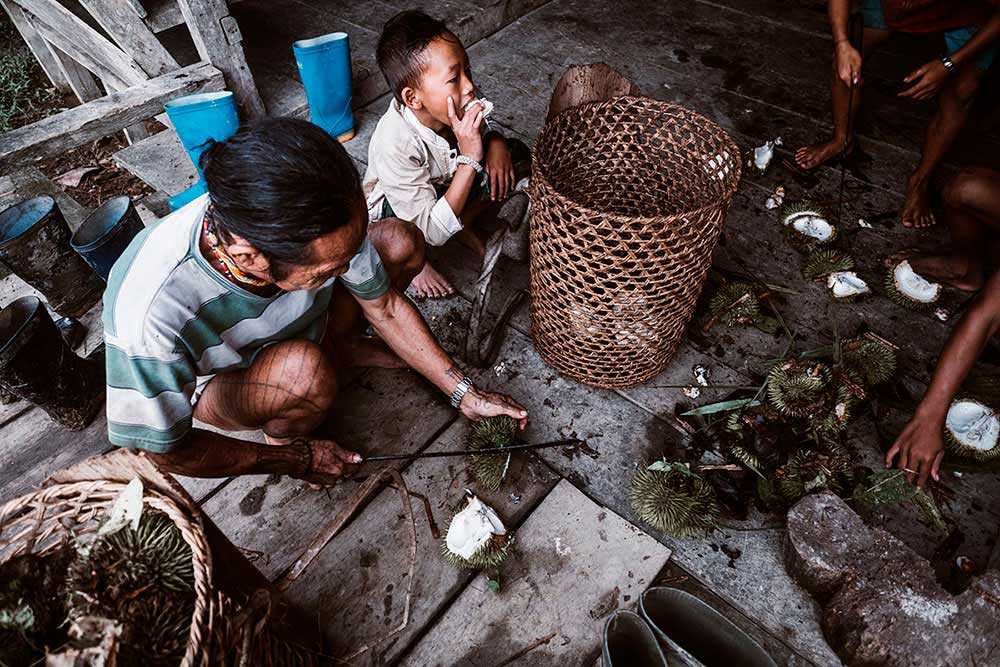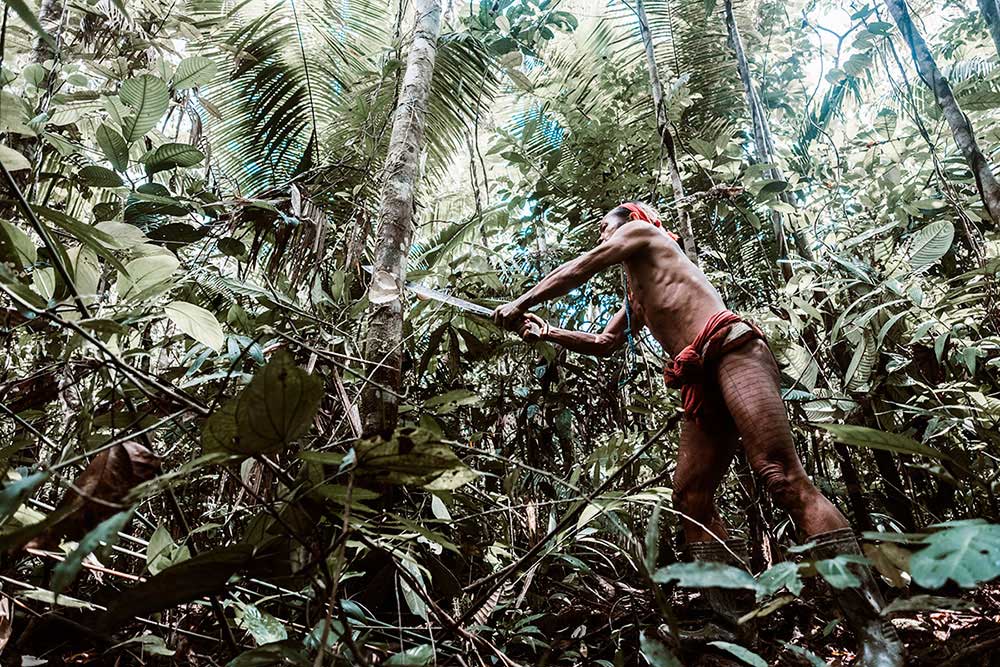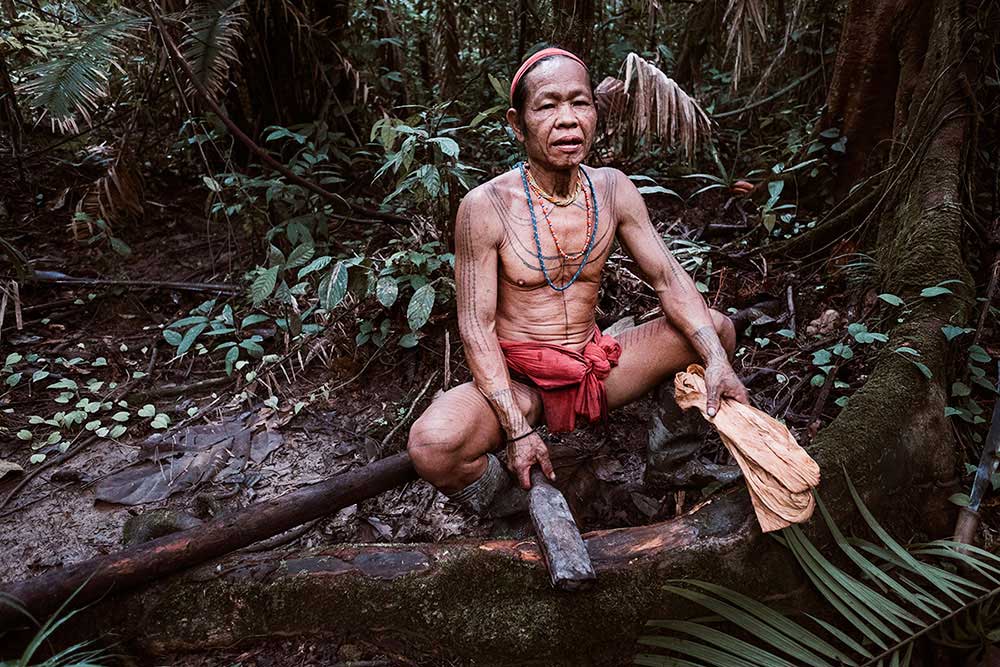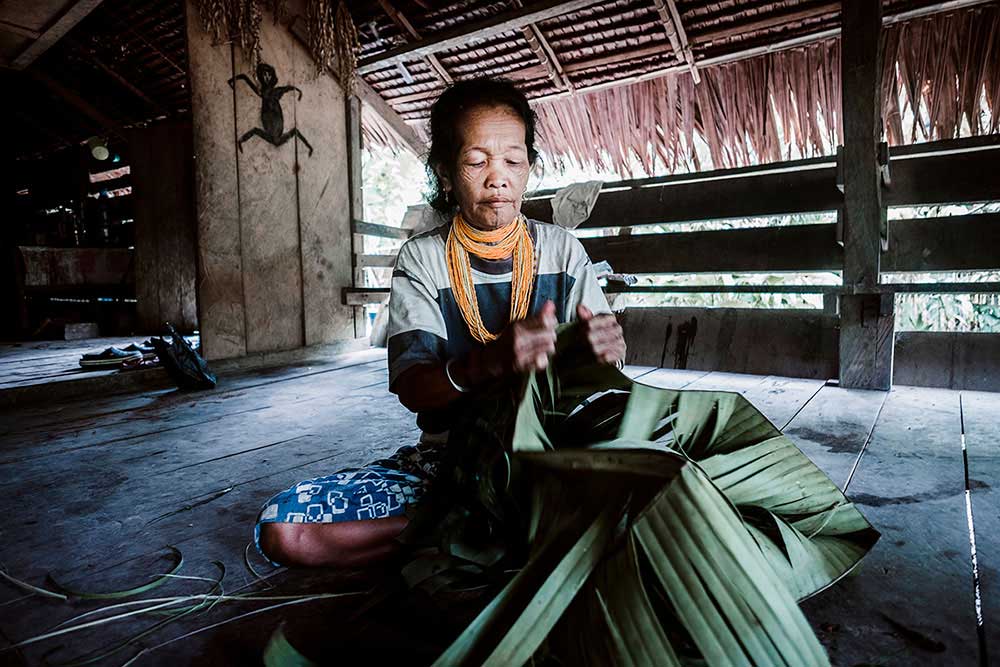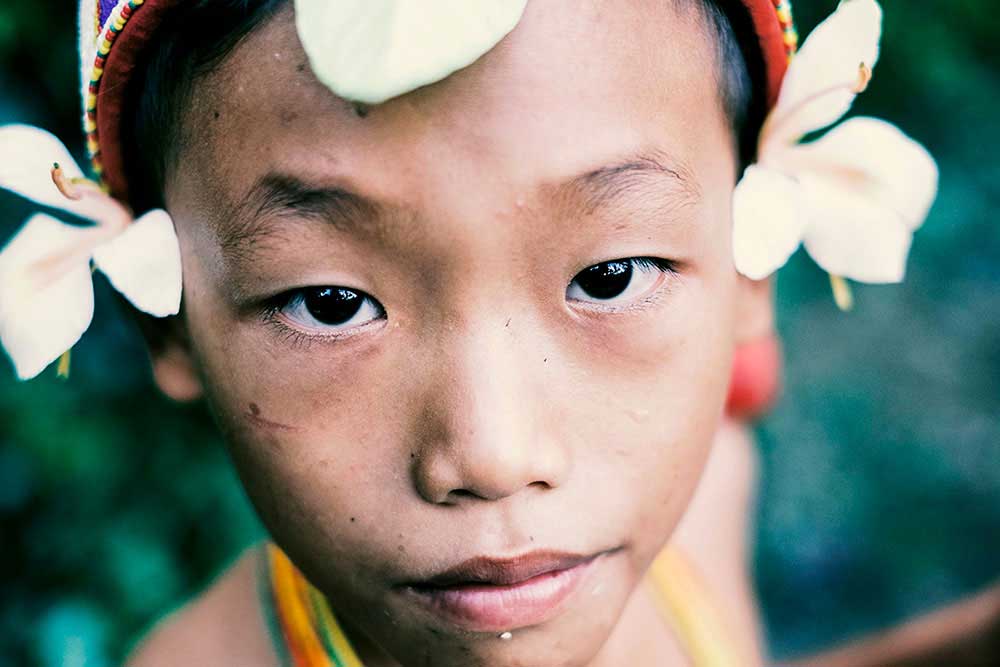In the middle of the rainforest on the island of Siberut, in the Mentawai archipelago, is one of the oldest and best preserved indigenous cultures in the world, discovered only around 1930, called Mentawai.
They consider themselves strongly connected with nature, preserving their traditions proudly and they show this connection through their tattoo art. The art of “titi” (drawings), inherited from their ancestors, can be considered as their own autobiography. The members of the tribe get their first tattoo as children and they continue the tradition for all their life. The tattoos can have multiple meaning, but in general the titi express the maturity and state of conscience of the individual, the clan to which one belongs, shows to the enemy the strength of a warrior or, as in the case of shamans, they invoke the protection of nature.
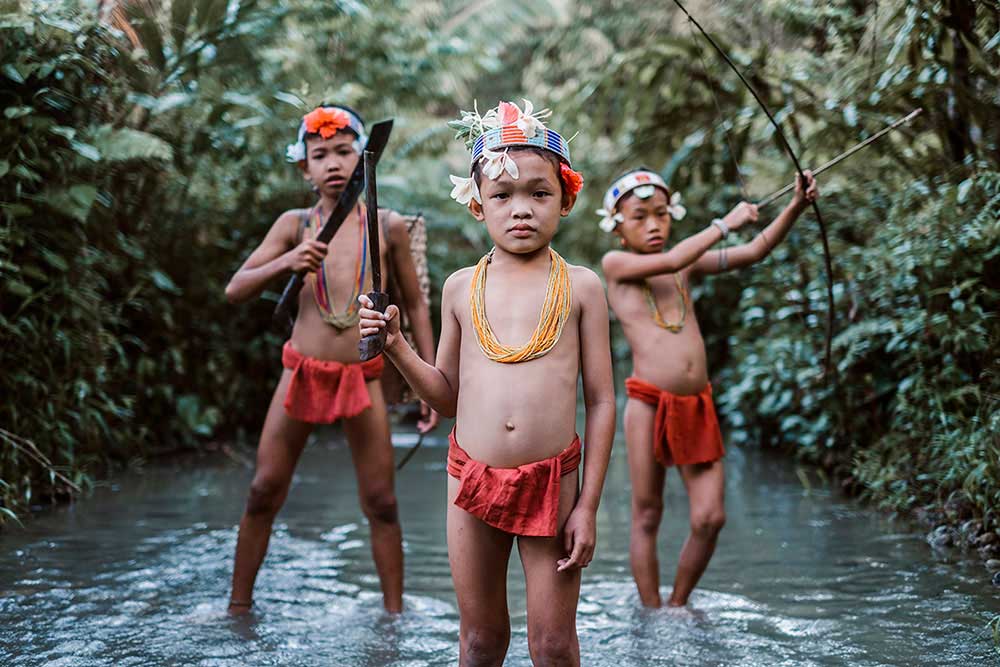
For this reason, the Mentawai live in small settlements scattered along the coasts or on the main rivers which branch out along the entire equatorial forest. They leave the villages to move to smaller dwellings that are in remote areas, where only they can find their way, following improvised muddy trails and using fallen tree trunks. They live in Uma Long-Houses or family homestays, which are also the center of social life. Every member of the village is able to take part to meetings on issues that may affect the whole community. The huts are made of wood, lifted by short stilts and covered by palm roofs that host the whole family(30 to 80 members) and neighboring clans on the large veranda. Since the Mentawai don’t know any kind of comfort, they chose to use all that nature gives them: the trunks are carved with a machete so that they can be used as ladders to either access the Uma or to go down along the river banks, a meeting point where they can wash themselves , play and use that same water for the common everyday uses that “ordinary” life requires.
Being a population not influenced by religions such as Hinduism, Buddhism, Christianity or Islam, they worship Animism. Shamans chase away and invoke spirits using only the plants that the forest gives them. Plants with mystical properties. He must know every type of plant and all their properties to be able to exploit their spiritual and medicinal charge so to act as an intermediary with the afterlife and with the spirits.
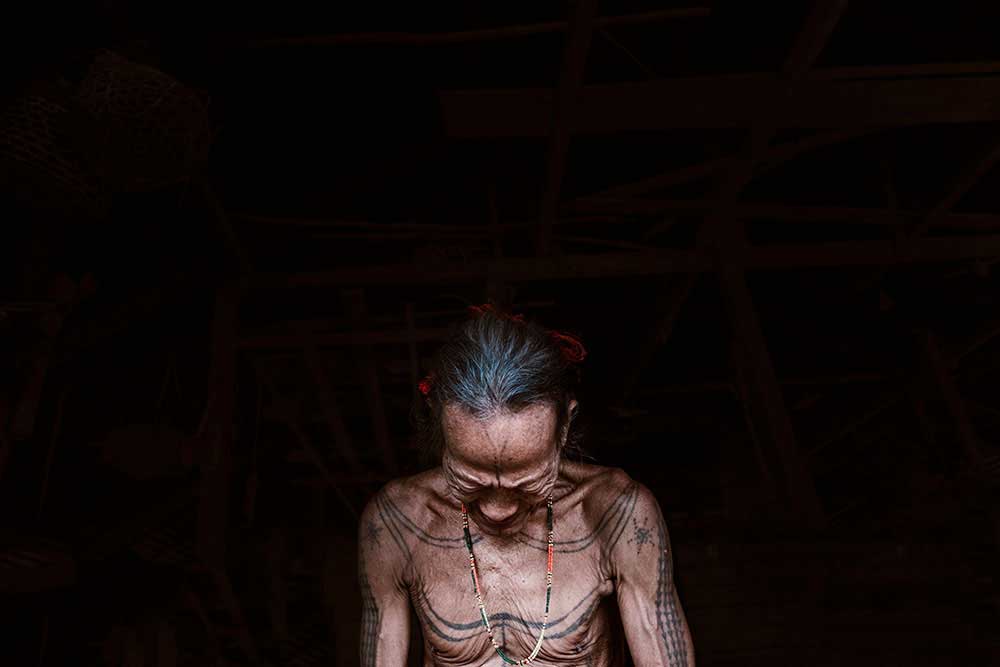
They invoke the spirits of the forest through ceremonies in which they mix various toxic plants. The killing of an animal has to be approved by the spirit itself, so it is always preceded by a ceremony that works as a request of permission. During the ceremonies, they show great respect to the animals they kill, as well as to any other living being. They embellish the animal with flowers and leaves, so let the negativity driven away. After the killing, and after the animal has been eaten, its skull and feathers are hung on the roof of the hut so to maintain the protection of the spirit.
The industrialized civilization is for them the biggest problem to face, since it is causing the loss of many customs. They believe in the future generations to continue learning the indigenous life, the life that only the jungle can give them.
A primitive life, not contaminated by the modern man. A life in which they can keep being themselves, respecting man’s equal nature, using only the bare essentials.
About Matteo Maimone
Matteo Maimone was born in Italy, on September 14, 1990 where he completed his studies. In 2009 he dedicated himself to photography. As a keen observer of daily life, he intends photography as a research, an introspection, through which he tells in a personal way cultural and social realities of his own country and more. That’s all thanks to photographer’s influences like Eugene Smith, James Nachtwey and finally Robert Frank. Matteo is able to create a versatile and original style embracing documentary photography.
At the moment he lives and works in Australia, running his project Nutshell Travel – a journey around the world chasing down stories – as a freelance photographer. Since 2017 he has been documenting a long term project about the daily life and social facts in many parts of Asia.
He has been published in Dolce Vita Magazine, Erodoto108, The Trip Mag, QcodeMagazine, Wtness Journal, Positive Magazine and others. [Official Website]



